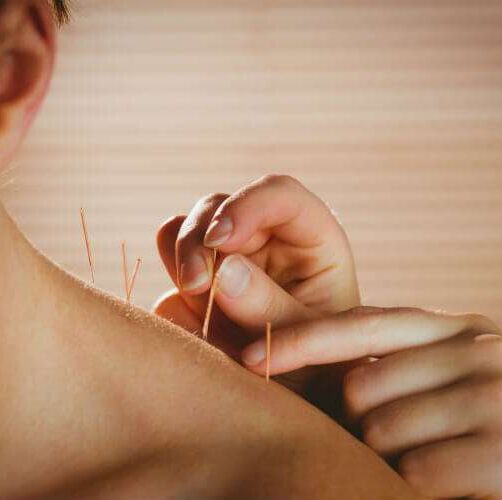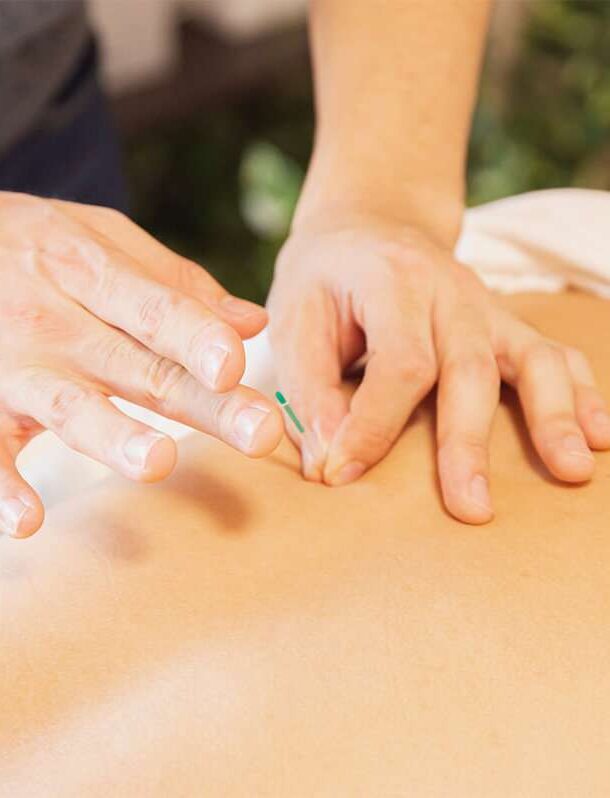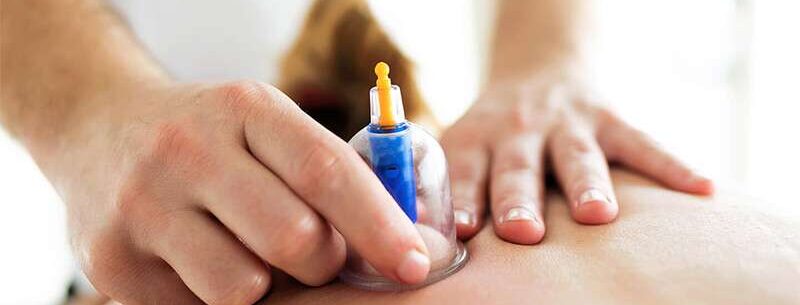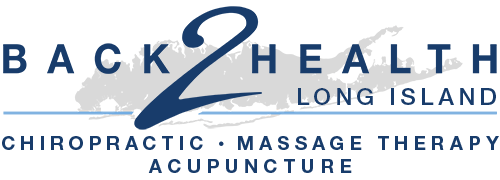
ACUPUNCTURE
The origins of acupuncture are lost to antiquity, but the practice appears to be at least 3,500 years old. It was a standard healing technique among ancient Chinese doctors, who believed that the body’s functions were sustained by a life force, or chi, that traveled along pathways known as meridians. When anything occurred to block the normal passage of chi in the body, pain and illness resulted. The strategic insertion of tiny needles at precise points on the body could correct the flow of chi and restore the patient to health. Over 2,000 different acupuncture points were painstakingly mapped out across the body’s meridians to treat a wide range of ailments.
The ancient healers’ practices might not sound terribly scientific — until you take into account how the body actually works. Researchers have observed that acupuncture needles appear to stimulate the release of endorphins and opioids, biochemical painkilling substances produced naturally by the body. It also appears that the insertion of the needles in or near neural structures stimulates impulses that bock the body’s “pain gates” to a specific area. When you substitute the concept of nerves and nerve signals for chi and meridians, you can see why modern practitioners see the massive appeal when it comes to relieving pain and other disease symptoms, accelerating the healing process, and enhancing wellness.


ACUPUNCTURE AT BACK 2 HEALTH
At Back 2 Health, we may recommend acupuncture as a powerful component in a holistic healing strategy that includes chiropractic adjustment, massage therapy, corrective exercises or lifestyle changes. These different approaches can combine to treat injuries, illnesses and chronic health problems more efficiently. For instance, if you suffer from acute neck or back pain, we might administer spinal adjustments to relieve nerve impingement as well as massage to relax overstressed muscles and acupuncture for drug-free pain relief.
Acupuncture’s ability to help normalize nerve signaling can help people with chronic pain disorders such as fibromyalgia or neuralgia. It even serves as an effective preventative wellness tool. By optimizing your nervous system’s ability to communicate with all parts of your body, we can help you enjoy everything from enhanced immune response to better digestion and more satisfying sleep.

SCHEDULE YOUR APPOINTMENT NOW
Choose Your Location

